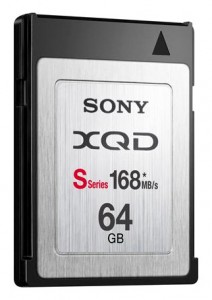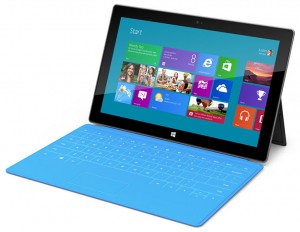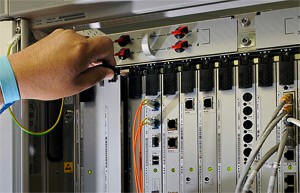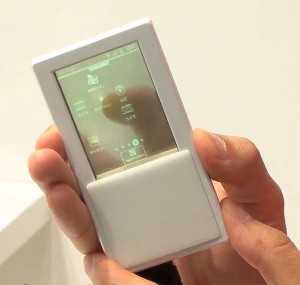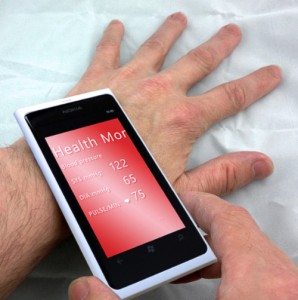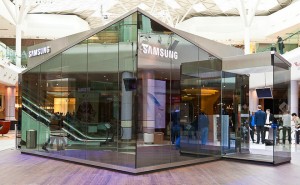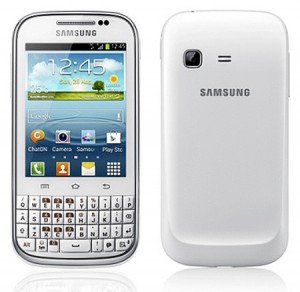
Samsung Electronics just announced the launch of the Samsung GALAXY Chat, a sleek and compact phone designed for the socially-active user. The new GALAXY Chat will allow its users to connect the people around them more easily. The phone will be available from July starting in Spain and gradually rolled out to Europe, Latin America, Middle East, China, Southeast Asia, and Southwest Asia at a competitive price point
The phone combines a 3.0 inch touch-screen with a full QWERTY keypad, and is powered by Android 4.0. The design has the look and feel of the Nokia E6 and the classic Blackberry phones, and intends to make it easy to keep up with your social life and turn it into a fast and fun experience.
Continue reading “Samsung announce the new Samsung GALAXY Chat”

